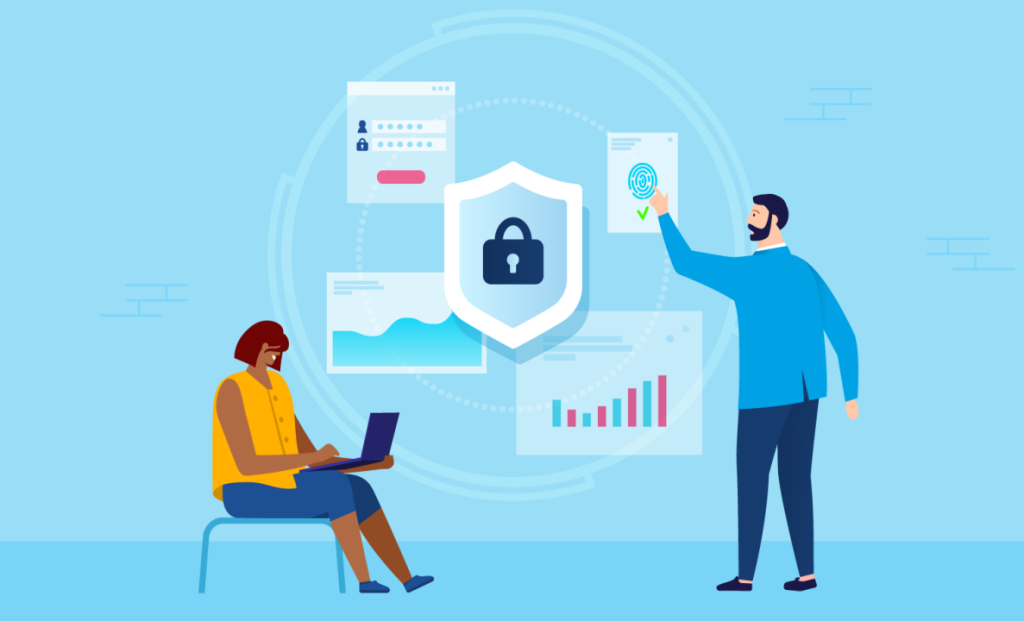
Image source: unsplash.com
Digital marketing strategies are increasingly becoming more important than ever. Many companies rely on digital marketing to connect with their audiences in today’s digital landscape. As such, marketers need to ensure the resilience of their digital marketing environments.
This is where environment hardening comes into play. Environment hardening is when you secure your digital marketing ecosystem to withstand disruptions and challenges. In this article, we’ll talk about environment hardening and why it’s essential for enhancing resilience in digital marketing.
What Is Environment Hardening?
Environment hardening is the process of securing your digital marketing environment. Your digital environment is susceptible to various disruptions and challenges. They’re just like physical structures – you must reinforce them to withstand outside forces and influences.
Digital marketing environments must be equipped to endure technical glitches, cyber threats, and unforeseen market shifts. By adopting a proactive approach to environment hardening, businesses can mitigate risks and ensure the security of the software supply chain.
The Role of Resilience in Digital Marketing
Digital marketing environments must be resilient to be sustainable. If your efforts aren’t protected, they can easily be hacked. This means your efforts will go to waste. However, if you have a resilient digital marketing environment, it can overcome these challenges.
Resilience in digital marketing is important because it helps you:
- Maintain a consistent online presence
- Engage with your audience
- Achieve your marketing objectives in the face of adversity
- Adapt to changing marketing trends and conditions
How to Implement Environment Hardening in Digital Marketing
For a digital marketing environment to be resilient, you must consider environment hardening. Here are some key factors to consider:
Diversified Marketing Channels
Relying on a single marketing channel can be risky, especially if that channel becomes compromised. This is why you should consider diversified marketing channels. Embracing a multi-channel approach means spreading your digital marketing strategies to various platforms. This approach includes, but isn’t limited to, the following:
- Social media
- Email marketing
- Content marketing
- Paid advertising
A multi-channel approach spreads risks and ensures your message reaches your audience through various avenues. So if one channel is compromised, you can still rely on other channels for your digital marketing efforts.
Data Backup and Recovery Plans
Another consideration for environment hardening is data backup. Safeguarding your digital assets is paramount for a resilient digital marketing strategy. Here are some ways to ensure this:
- Regularly back up your website, databases, and marketing materials.
- Establish comprehensive data recovery protocols to minimize downtime in case of data loss or breaches.
- Test your restorations regularly so that you know your backups are working properly.
Cybersecurity Measures
With the rising frequency of cyberattacks, robust cybersecurity measures are non-negotiable. Implement strong encryption, firewalls, and intrusion detection systems to protect your sensitive information and customer data.
You should also regularly update your software and conduct security audits to identify vulnerabilities. When developers update their software, they protect new trends. Since cybersecurity threats always change, you must keep up with new measures.
Scalable Infrastructure
As your digital marketing efforts grow, ensure your infrastructure can scale accordingly. Whether it’s your website hosting, email servers, or content delivery network, scalability ensures smooth performance even during traffic spikes.
If you don’t have scalable infrastructure, you’ll be more susceptible to cyber attacks as you expand your network. This can mean serious damage to your marketing efforts if not addressed properly.
Monitoring and Analytics
Leverage advanced monitoring tools and analytics platforms to gain real-time insights into your digital marketing campaigns. This data-driven approach allows you to detect anomalies, identify trends, and make informed decisions promptly.
When you use these tools and platforms, you’ll have a more accurate view of what areas of your operations need improvement. This helps you make better marketing decisions and adjust your strategies quickly to maximize revenue growth while reducing risks.
Agile Content Creation
The Agile methodology is a project management approach that emphasizes collaboration, iteration, and flexibility. Develop a content creation framework to quickly adapt and generate relevant content responding to emerging trends and events. This agility ensures your brand remains topical and resonates with your audience.
This is important for environment hardening because it enables you to respond quickly when issues arise. With agile content creation, your team can quickly identify potential risks and adjust their content strategy.
Customer Engagement Strategies
Fostering a strong online community and engaging with customers can mitigate potential negative impacts during crises. Invest in meaningful interactions, prompt customer support, and transparent communication to maintain customer trust.
Employee Training and Education
Your team plays a pivotal role in maintaining a resilient digital marketing environment. Regularly train your employees on best practices, security protocols, and crisis management strategies to ensure a cohesive response to challenges.
Summary
Environment hardening is a must for any digital marketing strategy. Without it, you will be more vulnerable to data breaches, disruptions, and cyberattacks. By implementing the strategies above, you can ensure your digital assets stay safe and secure.


